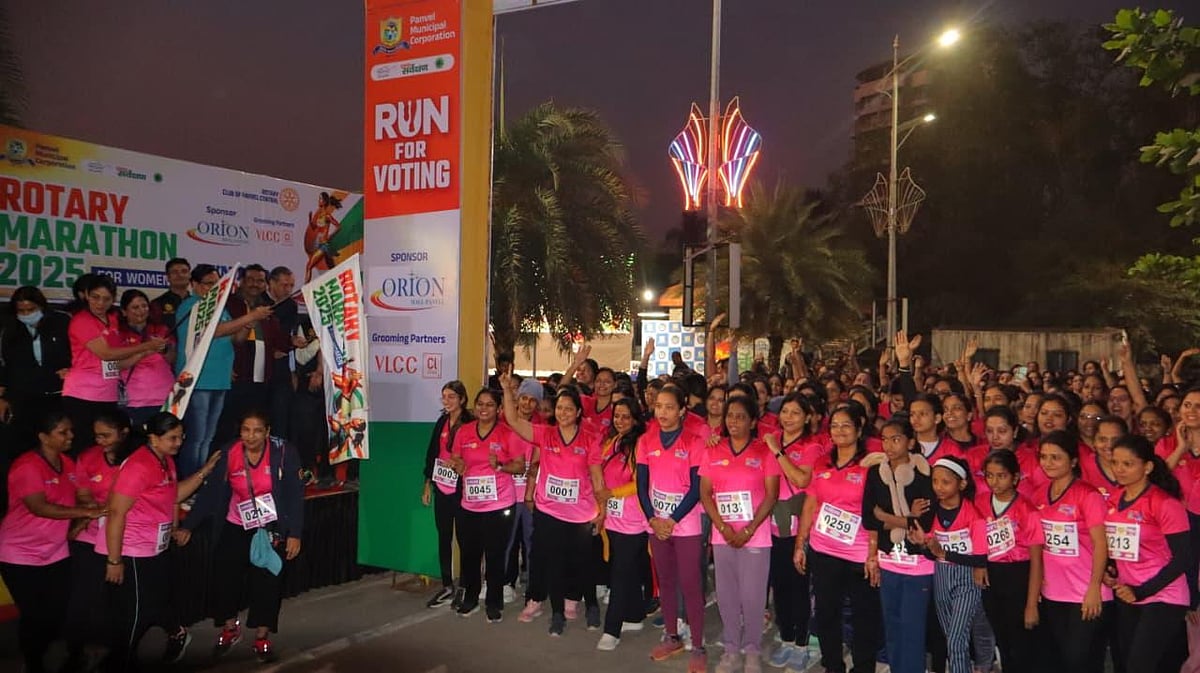To revive the glory of the iconic heritage structure of CSMT, the Central Railway has restored the original beauty of the east side gate and over 50-meter long boundary walls which was almost collapsed.
Confirming the development, a senior officer of CR said that the restoration work of the east facade is almost complete, only work of removal of the debris remains, which will be completed after the demolition of a small structure that is not part of the original heritage structure.


"Restoration work of West and South facade was already completed," said an official of CR adding that Mumbai is home to some famous Gothic Revival structures, the chief being the Chhatrapati Shivaji Maharaj Terminus, where a massive effort is going on to restore its visual supremacy.
Every corner of the iconic structure is being covered by over Rs 50 crore heritage restoration project, the Central Railway’s most ambitious attempt to restore the original glory of this iconic structure, he said.
Asked about the restoration of the original beauty of the gate and damaged boundary walls of the east side, officials said, it was not an easy task, first, we studied the original design of the building, then searched old photographs of the building and then restoration work was done under the guidance of a heritage expert.
Asked about the maintenance of the iconic structure, officials said, as per the heritage committee's direction, we are going to clean the whole structure again. "To maintain the original glory of this iconic structure, the heritage committee suggested complete cleaning of this structure after a gap of every two years under the supervision of experts."
"CSMT, formerly known as Victoria Terminus (VT), was designed by FW Steven and built over a period of 10 years starting in 1878. The BMC building was also designed by the same architect, who wanted the two structures to complement each other" said an official of CR adding that CMST heritage structure shares some similarities with St Pancras station in London but that was created in brick and terracotta, whereas the Mumbai marvel was carved in stone.








